Khajuraho-Madhya Pradesh: Nestled in the heart of India, the enchanting town of Khajuraho in Madhya Pradesh beckons travelers with its timeless beauty and rich cultural heritage. Famous for its stunning group of temples adorned with intricate erotic sculptures, Khajuraho is a UNESCO World Heritage Site that stands as a testament to India’s architectural prowess and artistic finesse. In this article, we will delve into the historical significance, architectural marvels, and cultural richness that define Khajuraho.
Historical Significance:
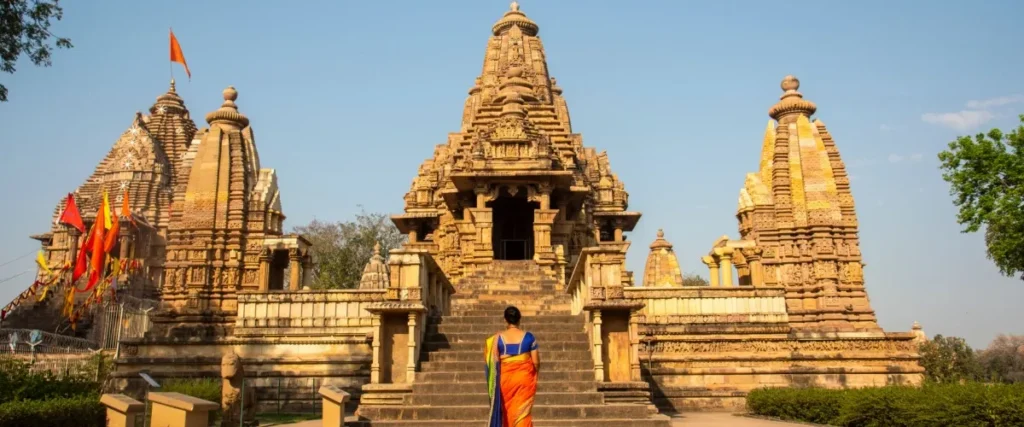
Khajuraho’s history dates back to the Chandela dynasty, which ruled over the region during the 9th and 10th centuries. The Chandela rulers were known for their patronage of art and culture, and this is evident in the magnificent temples they commissioned. The temples of Khajuraho were built between 950 and 1050 AD and were dedicated to various deities, showcasing a harmonious blend of Hinduism and Jainism.
Architectural Marvels:
The Khajuraho Group of Monuments consists of a collection of 22 temples, each a masterpiece of architectural brilliance. The temples are divided into three groups: the Western Group, Eastern Group, and Southern Group. The Western Group, comprising the Kandariya Mahadeva, Lakshmana, and Devi Jagadambi temples, is the most famous and well-preserved.
The intricate carvings on the temple walls depict various aspects of life, mythology, and the spiritual journey. The Kandariya Mahadeva Temple, dedicated to Lord Shiva, is a prime example of the Nagara style of architecture. The temple is adorned with finely carved sculptures of deities, celestial maidens, and mythical creatures.
Cultural Richness:
Beyond its architectural splendor, Khajuraho is a living testament to India’s cultural diversity. The town hosts the Khajuraho Dance Festival, an annual event that attracts performers from all over the country. This festival celebrates classical Indian dance forms, including Bharatanatyam, Kathak, Odissi, and more. Visitors can witness mesmerizing performances against the backdrop of the illuminated temples, creating a surreal and unforgettable experience.
Exploring the Temples:
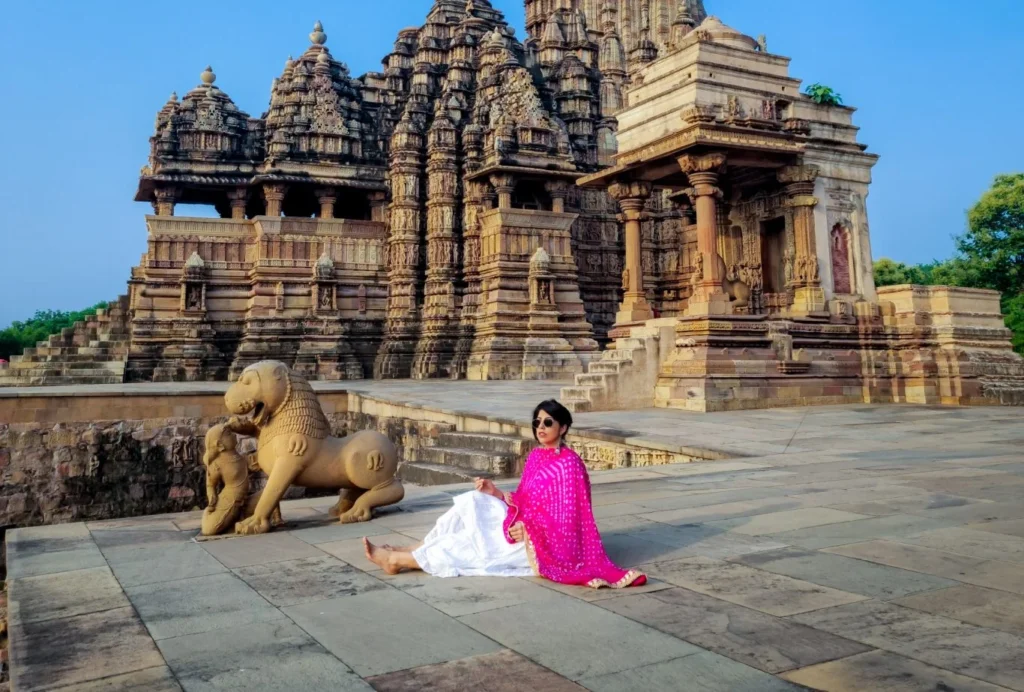
A visit to Khajuraho is a journey back in time, where each temple narrates a story of devotion and artistic excellence. Exploring the Western Group allows visitors to marvel at the intricate sculptures and understand the spiritual symbolism embedded in the stone carvings. The light and sound show held in the evening provides a captivating narrative of the temples’ history, bringing the stones to life with vivid storytelling.
The Eastern and Southern Groups offer a quieter and more serene atmosphere, allowing visitors to appreciate the architectural nuances without the bustling crowds. The Duladeo Temple and Chaturbhuj Temple in the Southern Group are hidden gems that showcase the diversity of Khajuraho’s temple architecture.
Practical Tips for Visitors:
When planning a visit to Khajuraho, it’s advisable to check the weather, as the region experiences extreme temperatures. The best time to visit is during the winter months, from October to March, when the weather is pleasant for exploration. Additionally, exploring the temples early in the morning or late in the afternoon provides the best lighting conditions for photography.
Khajuraho, Madhya Pradesh, stands as a symbol of India’s rich cultural and artistic heritage. The temples, with their exquisite carvings and timeless allure, continue to captivate visitors from around the world. Beyond the erotic sculptures that often dominate discussions, Khajuraho’s temples convey a deep sense of spirituality and reverence, making it a must-visit destination for those seeking a profound cultural experience in the heart of India.
Read Also: Andaman and Nicobar Islands
![]()

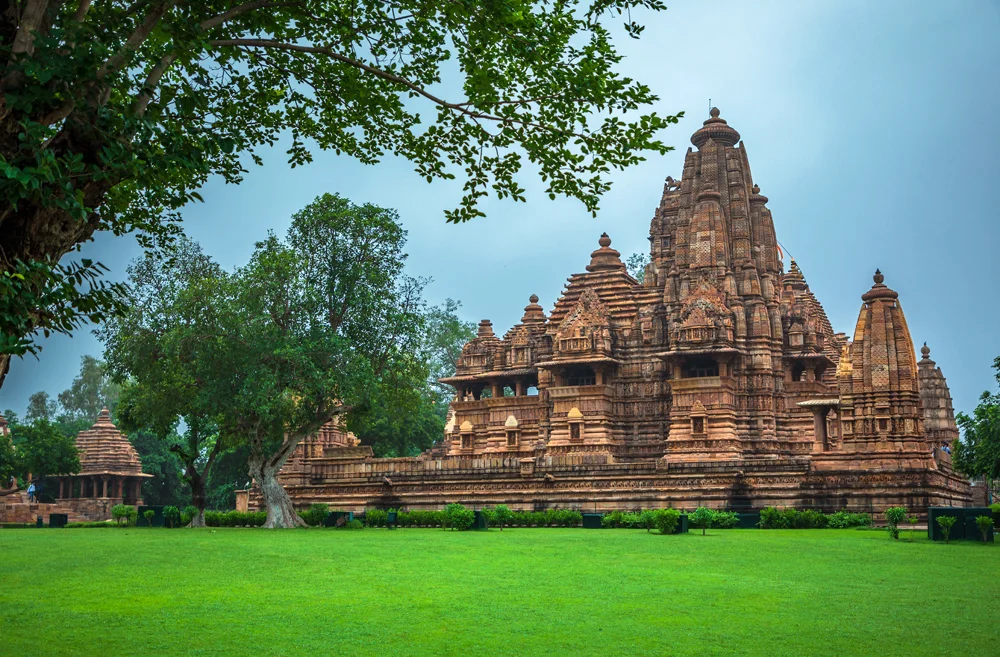

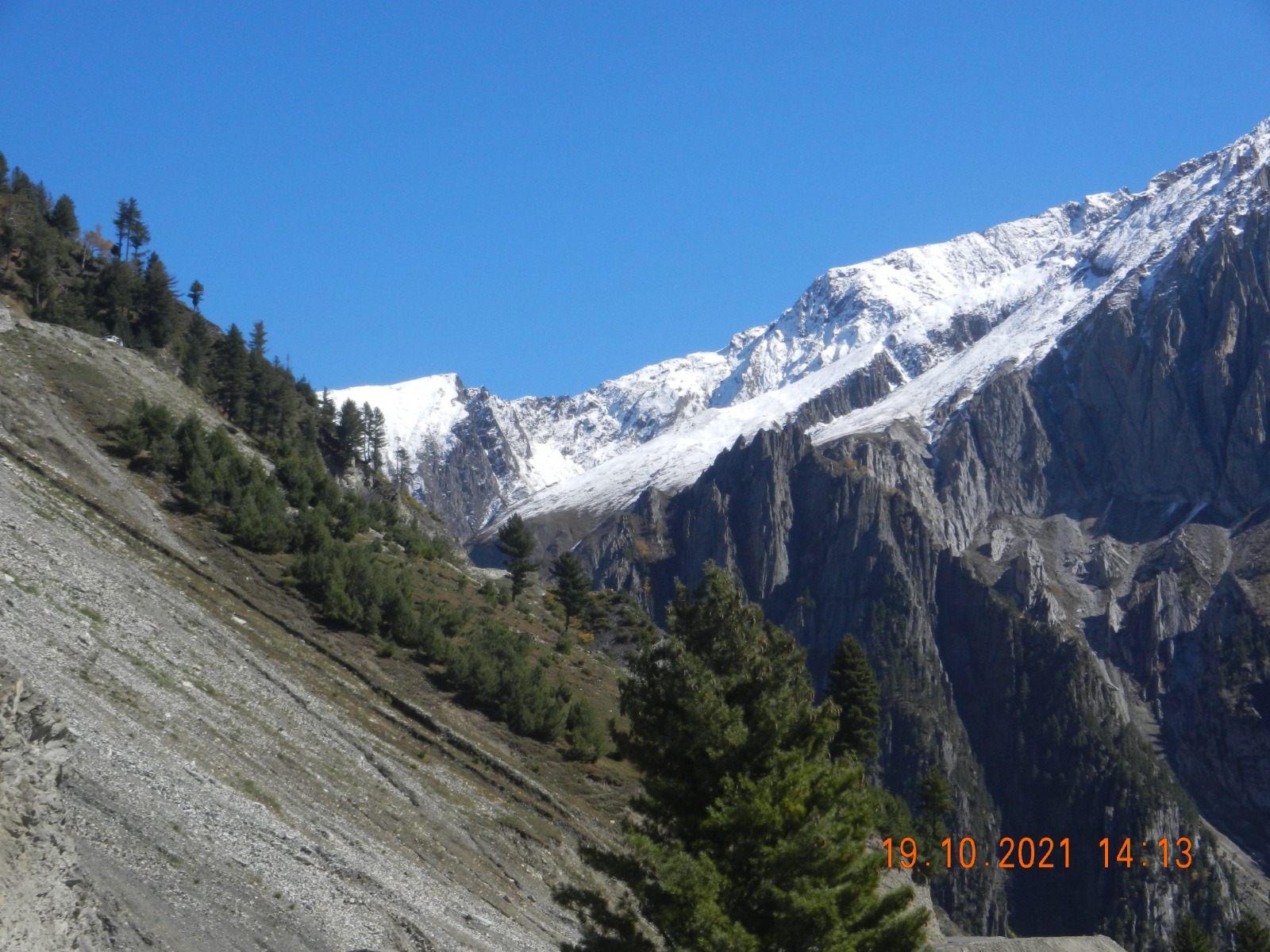
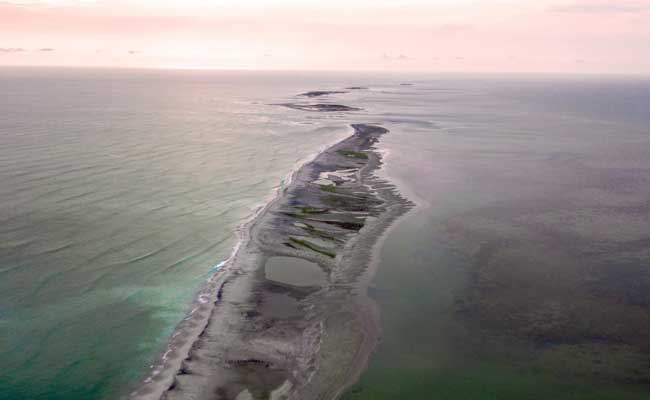

One thought on “Khajuraho-Madhya Pradesh”